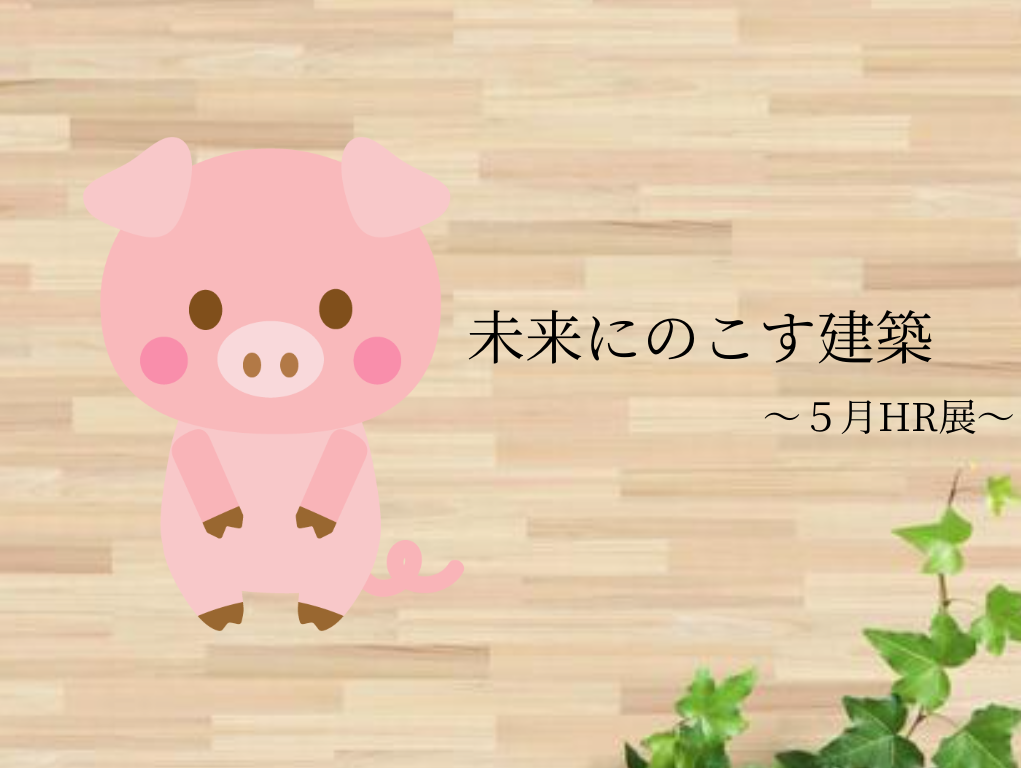We studied “Small Buildings” written by Kengo Kuma in Modern Japanese class and learned that architectural history has been changed by disasters.
We decided to research whether wood, which is familiar to Japanese people, will be good enough in the future as a building material and whether it is possible to build an architecture that can continue to stand and protect people from disasters.
We looked into the following three categories.
1.Comparing Japan with the rest of the world
England wooden houses used to be the mainstream. However, the Great Fire of London in 1666 changed its buildings into brick and stone-paved buildings, which has continued to this day.
The life expectancy of buildings in Japan is shorter than that of the rest of the world.
We interviewed Ichijo Komuten, a local wooden construction company.
We found that Hinoki – Japanese cypress – is good for both people and their homes.
Hamamatsu City produces Japanese cypress as one type of the Tenryu beautiful forests.
The secret to the survival of the world’s oldest structure, Horyu-ji Temple, is the use of hinoki.
We believe that the use of Hinoki will make our houses more resistant to earthquakes.
2.Measures against earthquakes
Japan is an earthquake-prone country, so it is essential that buildings be built to withstand earthquakes.
Therefore, one of the most important requirements for housing construction is to “protect the house from earthquakes”.
We interviewed Sekisui Heim, which primarily builds steel-framed structures.
Sekisui Heim is building houses that can withstand the seismic intensity expected from a Nankai Trough earthquake, and in fact, there was a house that did not collapse even after the March 11 Great East Japan Earthquake.
In Tokai Area, where we live, there are a lot of people working for automobile companies and they tend to want high-quality and high-efficiency houses.
3.Global Environment and Housing
While the use of foreign lumber is getting more and more common, we learned in our interview that more than 80% of Japanese houses are built of wood. We wondered if there is any relationship between the global environment and housing.
Global warming” is currently putting the earth at risk. The main cause is the increase in carbon dioxide and other greenhouse gases due to human activities, but deforestation is cited as the main cause for about 20% of the increase.
Forests play a role in reducing the concentration of carbon dioxide in the atmosphere, but deforestation is being done around the world “for human survival”.
It is now known that while Japan’s forest area has remained virtually unchanged over the past 40 years, the amount of forest resources (natural and planted forests combined) has increased.
This is because the number of lumberjacks has decreased and they are not able to harvest the wood they can, and because foreign wood is more readily available at a lower cost.
Kajima Corporation is trying to protect the global environment under the theme of “Green Value Chain”.
In addition, they are also greatly interested in the development of “concrete that absorbs CO2”.
Through these studies, wood is good enough in the future as a building material. We also realise we cannot separate trees from environmental issues.
CONCLUSION
・We must fight Disaster with Trees
・We must prevent Global Warming with Environmentally friendly concrete
We propose to protect people with wood and protect the earth with concrete!



